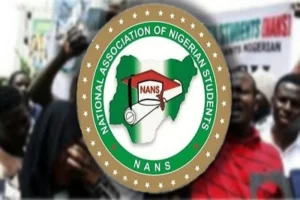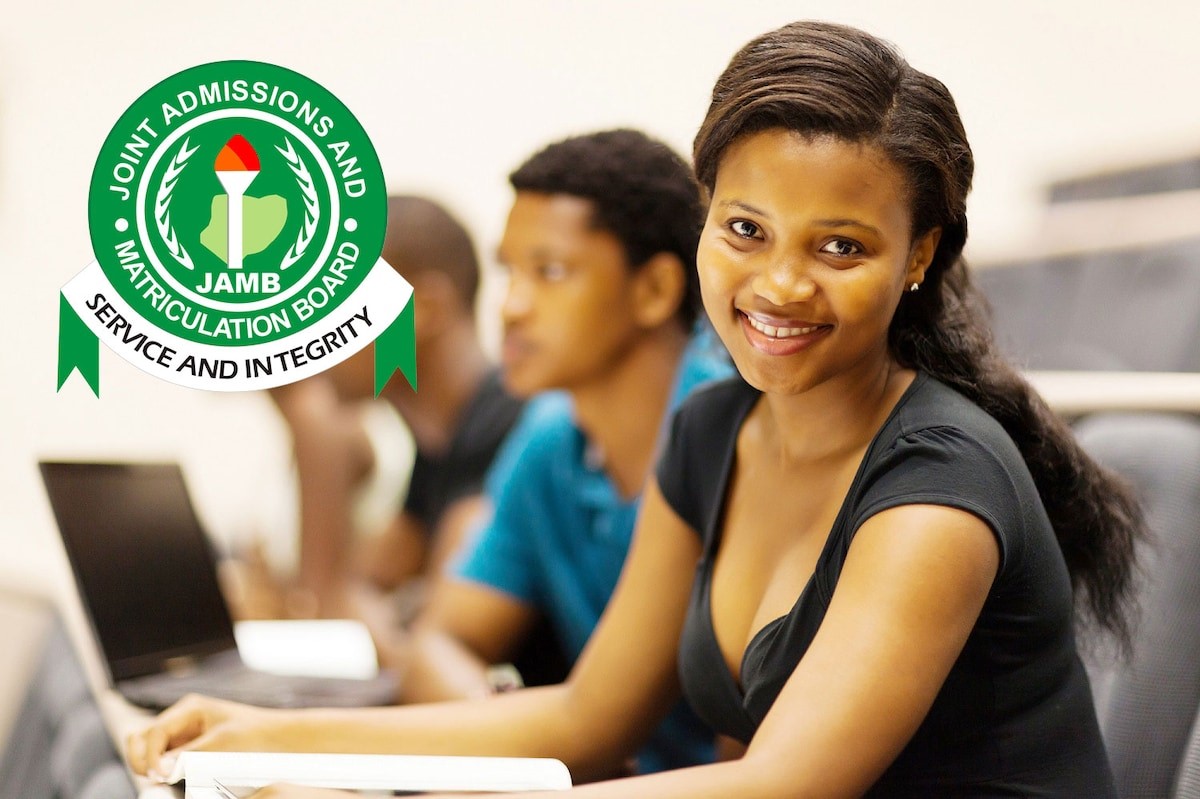The United States remains one of the top destinations for individuals seeking opportunities to work, study, and build a better life. For many foreigners, obtaining a visa is the first step toward achieving their American dream. However, securing a U.S. visa can be challenging, especially if sponsorship is required. This comprehensive guide will walk you through everything you need to know about United States visa sponsorship in 2025, covering the different types of visas, sponsorship requirements, application procedures, and key tips for success.
What is U.S. Visa Sponsorship?
Visa sponsorship is a process where a U.S.-based employer, family member, or institution agrees to take financial and legal responsibility for a foreign national’s visa application. The sponsor plays a crucial role in ensuring that the applicant meets all the necessary requirements and can legally enter and stay in the United States.
Sponsorship is typically required for employment-based and family-based visas. Without a sponsor, most individuals may not qualify for a visa, except for those applying through diversity visa programs, tourist visas, or self-petitioning visas.
Types of U.S. Visas That Require Sponsorship
There are several types of visas that require sponsorship, including:
1. Employment-Based Visas
These visas allow foreign workers to enter the U.S. to fill job positions that require specialized skills or labor shortages. The most common employment-based visa categories include:
H-1B Visa (Specialty Occupations)
- Designed for foreign professionals in fields such as IT, engineering, finance, healthcare, and academia.
- Requires a job offer from a U.S. employer who will act as the sponsor.
- The employer must file a Labor Condition Application (LCA) and submit Form I-129 (Petition for a Nonimmigrant Worker) to the USCIS.
- Subject to an annual cap of 85,000 visas.
H-2A and H-2B Visas (Temporary Agricultural and Non-Agricultural Workers)
- H-2A is for seasonal agricultural workers, while H-2B is for non-agricultural jobs such as hospitality, landscaping, and construction.
- Employers must prove that there are not enough U.S. workers to fill these positions.
L-1 Visa (Intra-Company Transfer)
- For employees of multinational companies transferring to a U.S. branch.
- The employer acts as the sponsor and files Form I-129 on behalf of the employee.
O-1 Visa (Individuals with Extraordinary Ability)
- For individuals with extraordinary ability in science, arts, education, business, or athletics.
- Requires a U.S. employer or agent to sponsor and submit evidence of the applicant’s achievements.
EB-2 and EB-3 Visas (Employment-Based Green Cards)
- EB-2: For individuals with advanced degrees or exceptional ability.
- EB-3: For skilled workers, professionals, and other workers.
- Requires employer sponsorship and a PERM labor certification.
2. Family-Based Visas
U.S. citizens and lawful permanent residents (LPRs) can sponsor their relatives to obtain green cards through family-based immigration.
Immediate Relative Immigrant Visas (Unlimited)
- Spouse of a U.S. citizen (IR1/CR1)
- Unmarried children under 21 of U.S. citizens (IR2)
- Parents of U.S. citizens (IR5)
Family Preference Immigrant Visas (Limited Numbers Per Year)
- F1: Unmarried sons and daughters (over 21) of U.S. citizens
- F2A: Spouses and children of permanent residents
- F2B: Unmarried sons and daughters (over 21) of LPRs
- F3: Married sons and daughters of U.S. citizens
- F4: Siblings of U.S. citizens
The sponsoring relative must file Form I-130 (Petition for Alien Relative) and prove they can financially support the beneficiary.
3. Student and Exchange Visas (Partial Sponsorship)
F-1 Visa (Student Visa)
- For individuals enrolling in a U.S. educational institution.
- Schools issue Form I-20, which acts as a form of sponsorship.
- The applicant must prove they have financial means to support themselves.
J-1 Visa (Exchange Visitor Program)
- For individuals participating in cultural exchange programs, including research scholars, medical trainees, and au pairs.
- Requires sponsorship from a designated exchange program or institution.
How to Obtain U.S. Visa Sponsorship in 2025
1. Find an Employer or Sponsor
- Job seekers can look for U.S. companies willing to sponsor H-1B, L-1, or EB-3 visas.
- Use platforms like LinkedIn, Indeed, and U.S. job portals that list visa-sponsoring employers.
- Networking and referrals significantly increase the chances of finding a sponsor.
2. Ensure the Employer Meets the Requirements
- Employers must prove that hiring a foreign worker is necessary and does not negatively impact U.S. workers.
- They must complete necessary paperwork, including LCAs and petitions.
3. File the Necessary Forms
- For Employment-Based Visas: Employer files Form I-129 or I-140 (for green cards).
- For Family-Based Visas: Sponsor files Form I-130.
- For Student Visas: The institution provides Form I-20.
4. Attend the Visa Interview
- After approval of petitions, applicants attend a visa interview at a U.S. consulate or embassy.
- Required documents include a valid passport, job offer letter, sponsorship evidence, and financial proof.
5. Wait for Approval and Travel to the U.S.
- Visa processing times vary based on category and country.
- After approval, applicants receive their visa and can travel to the U.S.
Challenges and Tips for Securing Visa Sponsorship
Challenges:
- Annual Caps and Lottery System: H-1B visas are subject to an annual lottery, making selection uncertain.
- Employer Restrictions: Some employers hesitate to sponsor visas due to costs and paperwork.
- Long Processing Times: Family-based visa petitions can take years due to backlogs.
- Visa Denials: Applications can be rejected due to incomplete paperwork, fraud suspicion, or inadmissibility.
Tips for Success:
- Start Early: The visa process can be lengthy, so begin searching for sponsors well in advance.
- Improve Your Skills: High-demand skills, especially in tech and healthcare, increase sponsorship chances.
- Work with Immigration Lawyers: Legal assistance can help navigate complex visa applications.
- Use Reliable Job Portals: Websites like MyVisaJobs, H1BGrader, and USAJOBS list H-1B sponsoring companies.
Conclusion
Securing a U.S. visa sponsorship in 2025 requires strategic planning, persistence, and knowledge of the visa process. Whether you seek employment-based sponsorship, family reunification, or educational opportunities, understanding the requirements and following the right steps can enhance your chances of success. If you’re planning to move to the U.S., start your research early, connect with potential sponsors, and ensure your application is well-prepared.
For further guidance, consider consulting an immigration lawyer or exploring government resources such as uscis.gov and travel.state.gov. The journey to securing a U.S. visa may be challenging, but with determination and proper guidance, achieving your American dream is possible in 2025!
If you think there’s been a mistake here, please do let us know by commenting on this post or Contact Us. And a member of our Content Integrity Team will review this decision with you.







